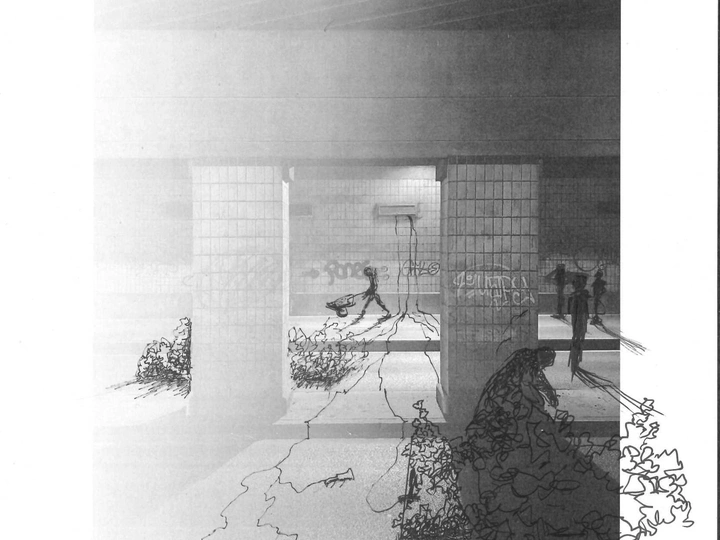A park in a dark

I am an architect who has been and tries to be involved in arts and activism, as well as have continuous growth in conventional architecture. I try to look for inspiration in interdisciplinary fields and relations, and I am interested in the shift of architects role in the changing world.
I have worked in offices in Riga and Rotterdam for 10 years, and currently I am focusing on my Masters education in KU Leuven, Brussels. Among my activities are co-founding of an NGO for Riga Centrer Development, Organization and curation of a temporary art space in a Fish shop in Riga in 2019, organizing and conducting a successful process design workshop and campaign for choosing alternative site for Latvian National Acoustic Concert Hall. and some collective exhibitions. Currently I am engaged in a project with PhD candidate in arts, Lia Carreira, about exhibition making and the use of Artificial Intelligence if the field, critical aspects of it in institutional contexts.
I am interested in using architectural tools and competencies to foster human adaptivity and to challenge daily comfort, thus to raise awareness in general, and to strengthen presence.
I believe that we need to become more adaptive and review our values to cope with a growing variety of global crises. The project aims to exercise this objective and work with urban and natural conditions that are generally conceived as negative, and shed light on the beauty within them.
Paleizen underpass in Schaarbeek, Brussels, is a neglected space which is repelling because of the darkness and universally unpleasant spatial character. However, the space is full of unique patterns, hosts home for pigeons and spiders, and ages beautifully. Extraordinarily, there is a small communal garden on the very embankment next to the underpass.
By removing some hard surfaces and lightly curating the nature takeover, the space would become a theater for natural processes. Rainwater collection cassettes would be installed on the rail upstairs, and would supply the life under the bridge with water. Light setting would be changed from general to local, providing plants with necessary amount of light, allowing type-S plants to thrive. Among other performers, organic waste digester tanks, that host organic shrub and mushroom beds on top, would create a choreography when they release produced bio-gas and deflate rapidly, giving the soil breathing appearance. Bio-gas is then stored in an inflatable balloon, and can be used for free communal cooking sessions. Thus, relationship is established between human users and behavior of nature.